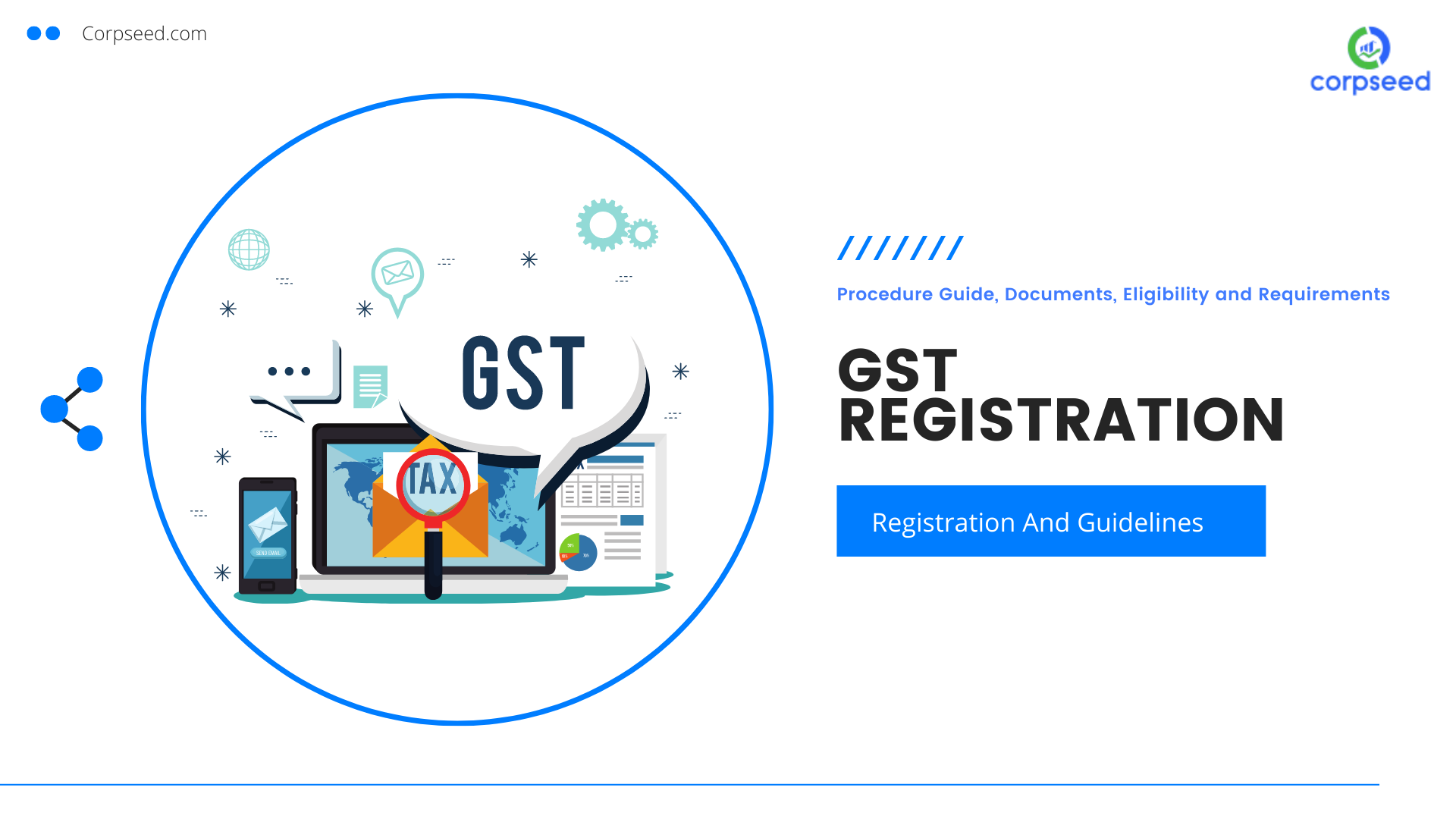Necessary Guide to Singapore GST Registration for New Companies
The Ultimate Guide to Streamlining the GST Registration Process and Requirements for Local Business Owners

Understanding GST Fundamentals
To comprehend the basics of the Goods and Provider Tax (GST) system, little business proprietors need to initially recognize its underlying principles and ramifications. Under the GST program, companies are needed to gather and sign up tax obligation on part of the federal government, making certain openness and conformity.
One of the essential principles of GST is input tax credit score, which enables services to claim credit rating for tax obligations paid on their acquisitions. Comprehending these basic concepts is important for tiny organization owners to navigate the complexities of the GST system and ensure conformity with the law.
Eligibility Criteria for Registration
Having developed a fundamental understanding of GST principles, local business owners should now meet specific qualification criteria to proceed with the registration procedure. In India, entities participated in the supply of products or solutions with an annual accumulation turn over surpassing Rs. 40 lakhs (Rs. 10 lakhs for unique classification states) are called for to sign up for GST. Furthermore, certain companies such as those included in inter-state supply of items, informal taxable individuals, and those required to pay tax obligation under the reverse cost device should register for GST regardless of their turnover. Furthermore, companies that were signed up under the previous tax regime (BARREL, service tax obligation, and so on) are likewise mandated to register under GST. However, agricultural companies that only supply create out of main manufacturing are exempt from GST enrollment. It is crucial for entrepreneur to meticulously analyze their eligibility based upon these standards to ensure conformity with the law and avoid any type of charges for non-compliance.
Papers Needed for GST Enrollment

Simplified Registration Process Actions
Complying with the collection and verification of the requisite records, the registration process for GST can be navigated through a collection of simplified steps designed to help with reliable conformity for small service proprietors. Upon successful verification, an Application Recommendation Number (ARN) is released, suggesting the completion of the GST enrollment procedure. By adhering to these simplified steps, small company owners can properly register for GST and make sure compliance with tax regulations.
Tips for Ensuring Compliance
To maintain regulative adherence and functional integrity, thorough oversight and proactive steps are pivotal in making sure compliance with GST requirements for small company owners. Small company owners need to remain upgraded with GST policies, filing due dates, and any changes in tax obligation rates to avoid charges and keep a good standing with tax obligation authorities. One important idea for compliance is to keep thorough and precise records of all deals, including expenditures, invoices, and receipts associated with GST. Consistently integrating monetary records with GST returns can assist in identifying and rectifying any kind of disparities without delay. Additionally, performing routine inner audits or looking for specialist help can make certain that the business is complying with all GST guidelines properly. It is likewise crucial for local business owners to invest in GST-compliant accounting software that can enhance the tax filing procedure and decrease mistakes. Participating in GST recognition workshops or training programs can improve understanding and conformity with Look At This GST policies, ultimately benefiting the business in the long run.
Conclusion
Finally, small company proprietors need to comprehend the basics of GST, meet the qualification requirements, collect required records, and follow the simplified registration process steps to make sure conformity. By simplifying the GST registration process and requirements, local business proprietors can prevent charges and run their companies smoothly within the legal framework - Singapore GST Registration. click for info It is important for local business owners to stay certified and enlightened with GST policies to preserve a successful business operation
Tiny service proprietors looking for GST enrollment should ensure they collect and submit the needed files to complete the enrollment procedure effectively. The papers required for GST enrollment generally include proof of organization enrollment or unification, FRYING PAN (Long-term Account Number) card of the company address, identity and entity evidence of the promoters/partners/directors, pictures, address proof of the place of service, bank account statements or canceled cheques, and permission kinds. Attending GST understanding workshops or training programs can improve understanding and compliance with GST guidelines, inevitably benefiting the organization in the long run.
By simplifying the GST enrollment process and needs, small organization owners can avoid charges and run their companies smoothly within the lawful framework. It is crucial for little company owners to remain educated and certified with GST regulations to keep a link successful organization procedure.